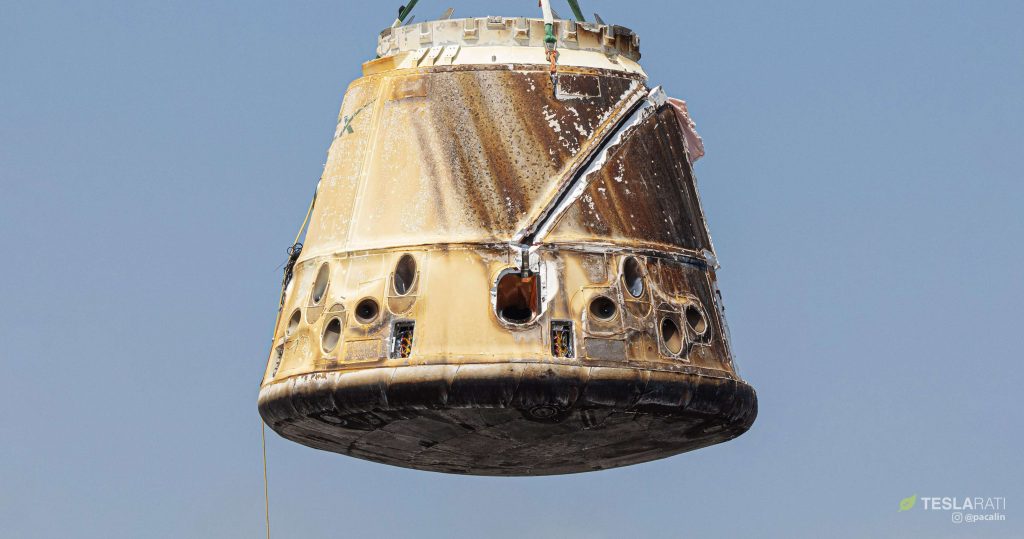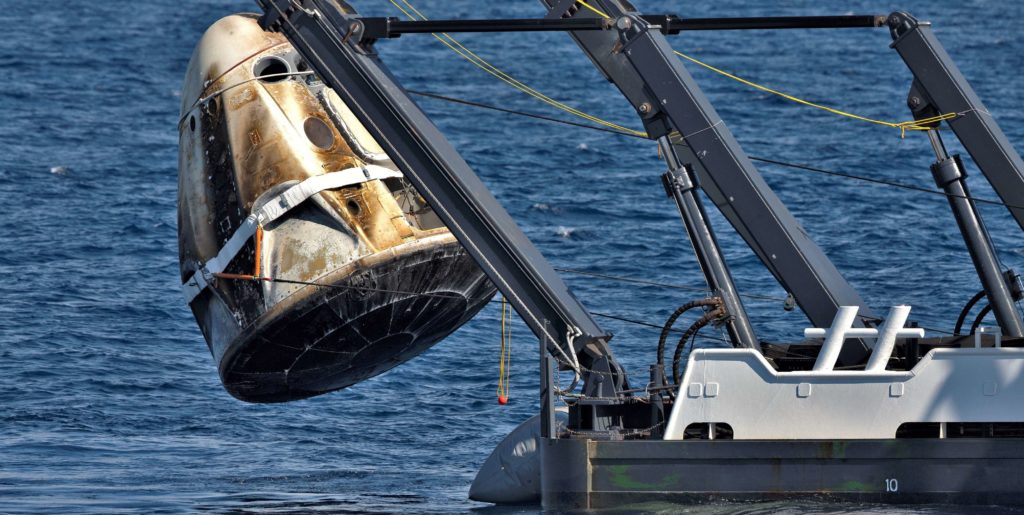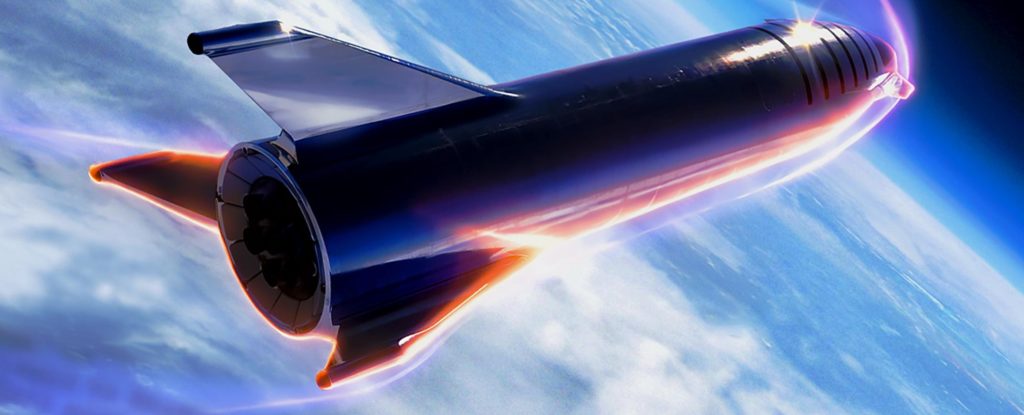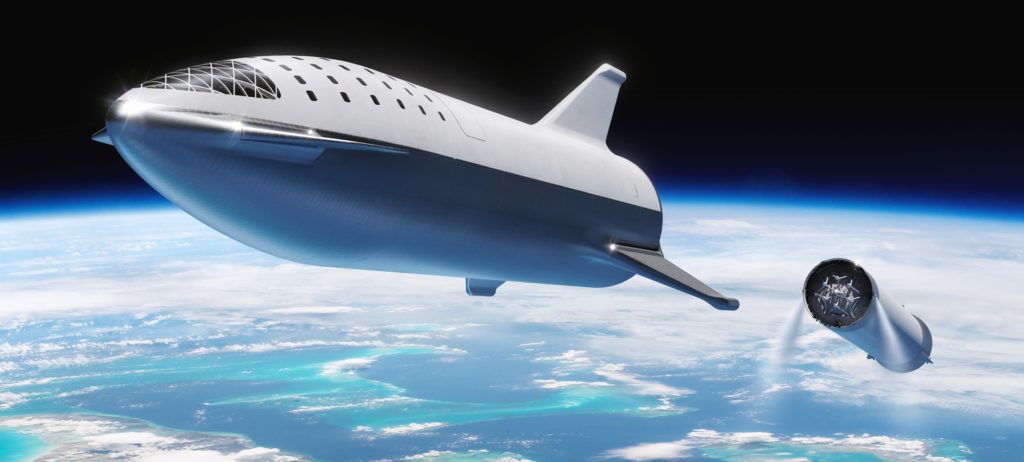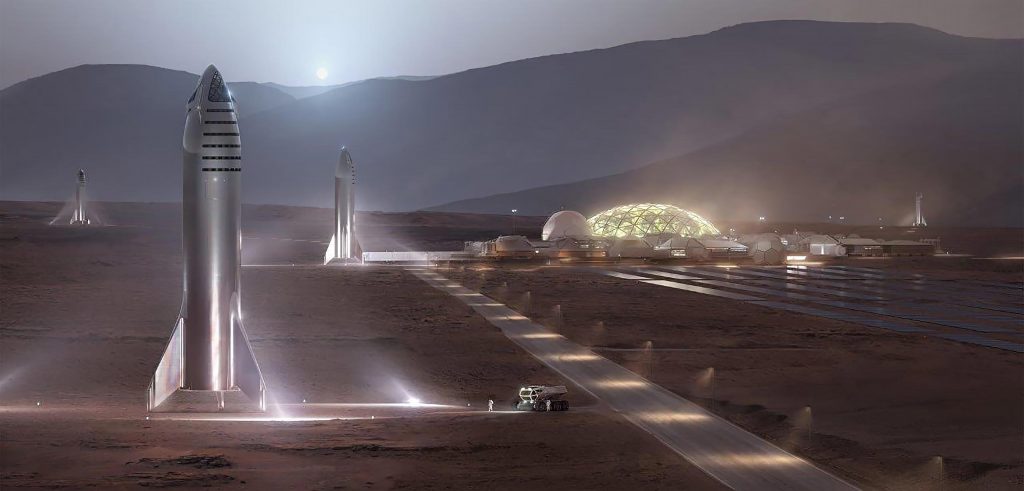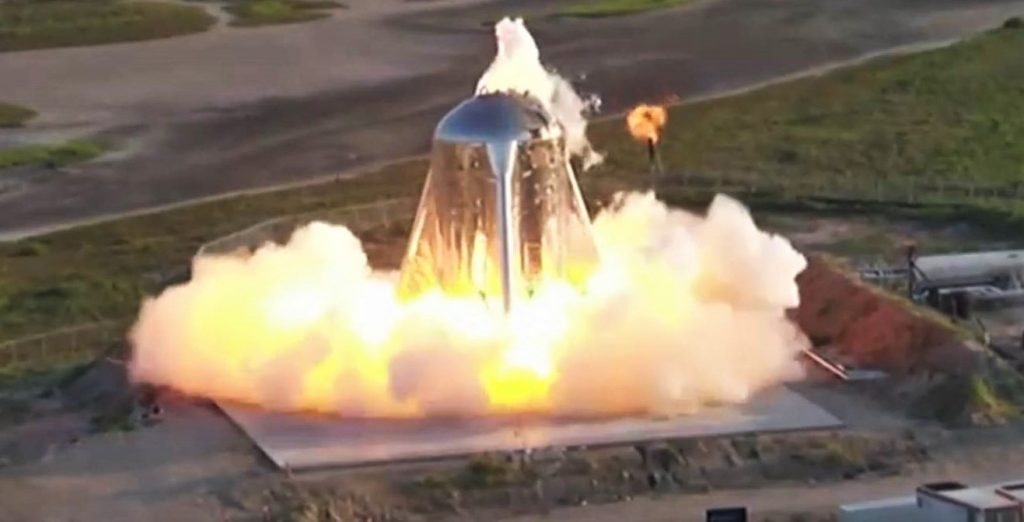Tesla stock (NASDAQ:TSLA) is down on Thursday trading following the release of the electric car maker’s second-quarter earnings results, which fell below Wall Street’s estimates. The electric car maker lost $408 million over the course of Q2, despite the company delivering and producing a record number of vehicles.
Adjusted for one-time items, Tesla lost $1.12 a share on sales of $6.3 billion, which is an improvement over last year’s $3.06 loss. In contrast, analysts polled by FactSet had expected Tesla to report an adjusted quarterly loss of $0.35 per share on sales of $6.5 billion. The reaction to Tesla’s second-quarter results was notable, with TSLA shares dipping around 10% in after-hours trading on Wednesday. Thursday’s intraday saw the company’s stock fall further, dropping as much as 14%.
While sentiments surrounding Tesla stock are currently negative once more, longtime TSLA bull Ben Kallo from Robert W. Baird & Co. argued that the response from the market appears to be an overreaction. While speaking about his take on the Q2 results during a segment in Bloomberg Technology, Kallo said that there are some aspects of Tesla’s second-quarter figures that are positive.
“I think that the $5 billion on the balance sheet is a great number. I think margin is probably why the stock’s down. Actually, if you go through the numbers in detail, it’s better than expected. And I think forward guidance of GAAP-positive on the income is also good as well. So it’s kind of an overreaction to the downside, in my opinion,” he said.
After correcting Bloomberg Businessweek reporter and fellow guest Max Chafkin about the Tesla Model 3’s gross margins, Kallo also stated that the electric car maker is not in an incredibly tough spot. Considering the cash flow generated by Tesla in Q2, the Baird analyst noted that the idea of Tesla being a company that is unable to make money is simply incorrect.
“I think what’s most underestimated about everything here is the brand in China, and how it’s become a wildfire there, and how many cars they can sell. And I think that’s an upside. And just back to the cash flow they generated during the quarter, there’s a couple of hundred million dollars, so this idea that they don’t make money is completely wrong, and the headline needs to change. There’s $5 billion in the balance sheet. They’re not going out of business. You have other OEMs that have really hard problems and restructuring problems. And it’s not Tesla; it’s XYZ German manufacturers,” he said.
Tesla CEO Elon Musk, for his part, took a relatively more conservative stance during the second quarter earnings call. Musk noted that Tesla will likely break even in the third quarter and be profitable in Q4 2019, though he also warned that Q1 2020 and Q2 2020 will be tough. Nevertheless, the CEO also stated that Tesla is closing in on a point where the company becomes self-funding.
As of writing, Tesla stock is trading -14.07% at $227.62 per share.
Disclosure: I have no ownership in shares of TSLA and have no plans to initiate any positions within 72 hours.

<!–
–>
var disqus_shortname = «teslarati»;
var disqus_title = «TSLA bull calls out ‹completely wrong› ideas on Tesla’s alleged inability to make money»;
var disqus_url = «https://www.teslarati.com/tesla-tsla-bull-calls-out-market-overreaction-profitability/»;
var disqus_identifier = «teslarati-110087»;

